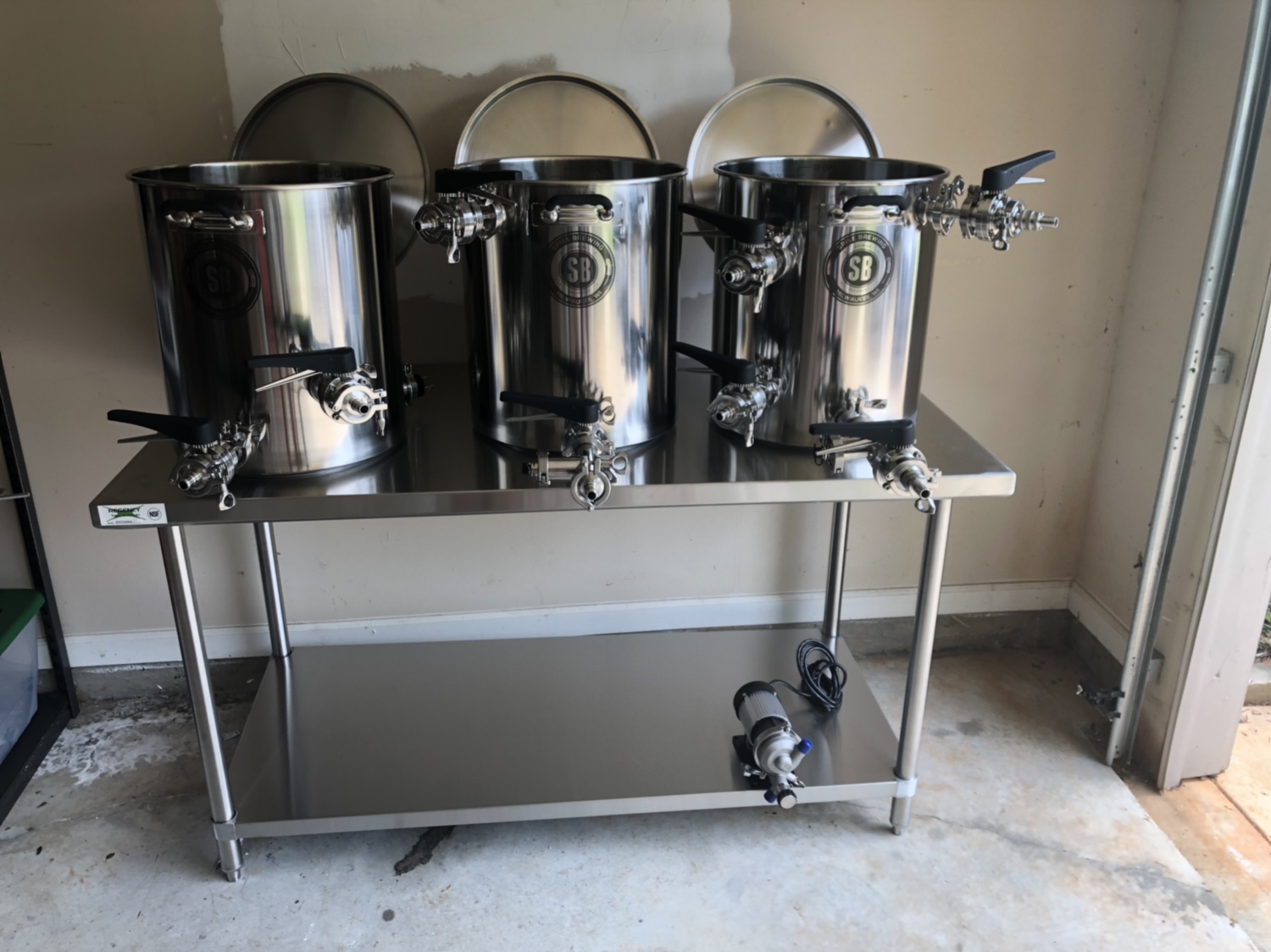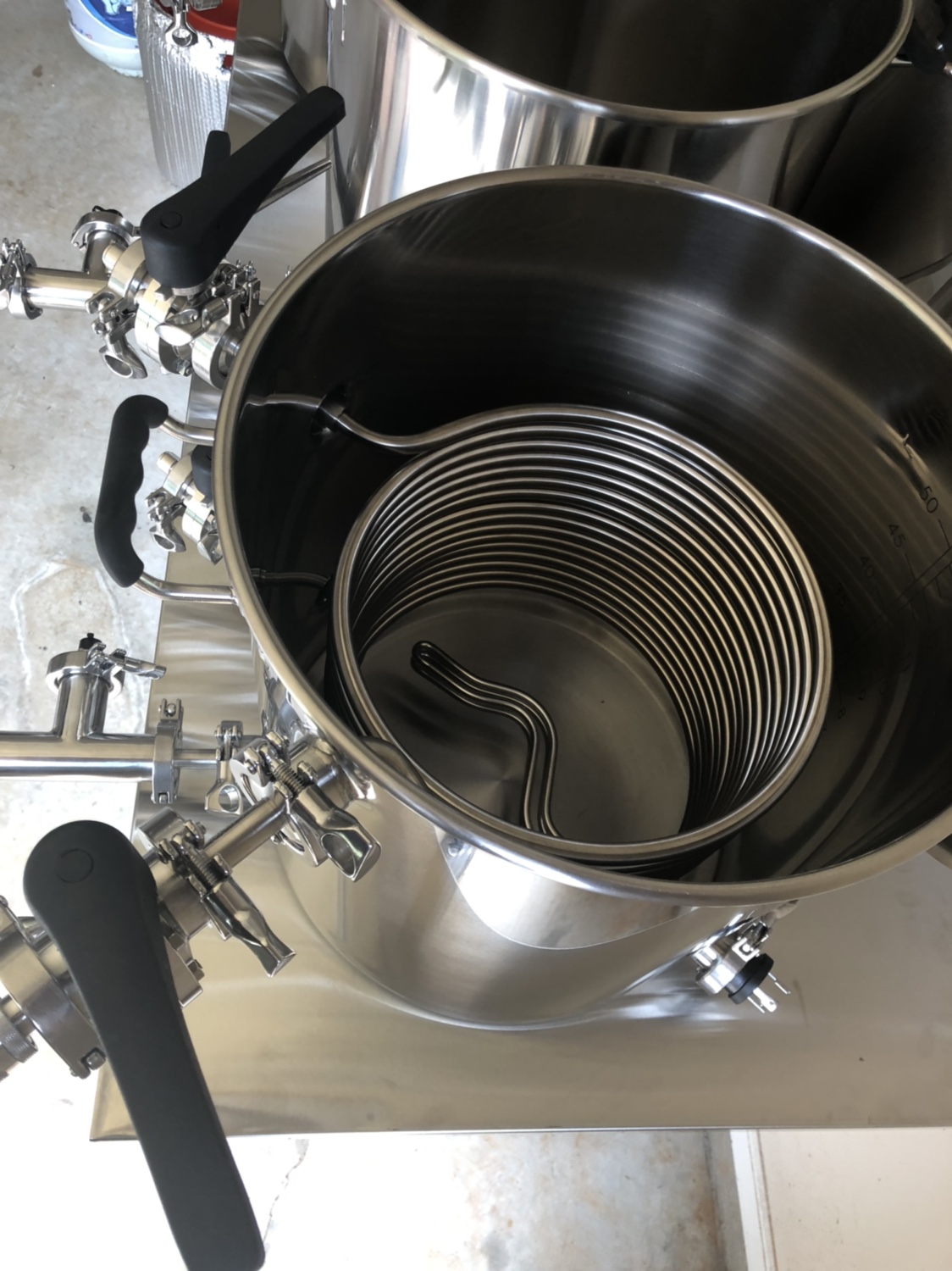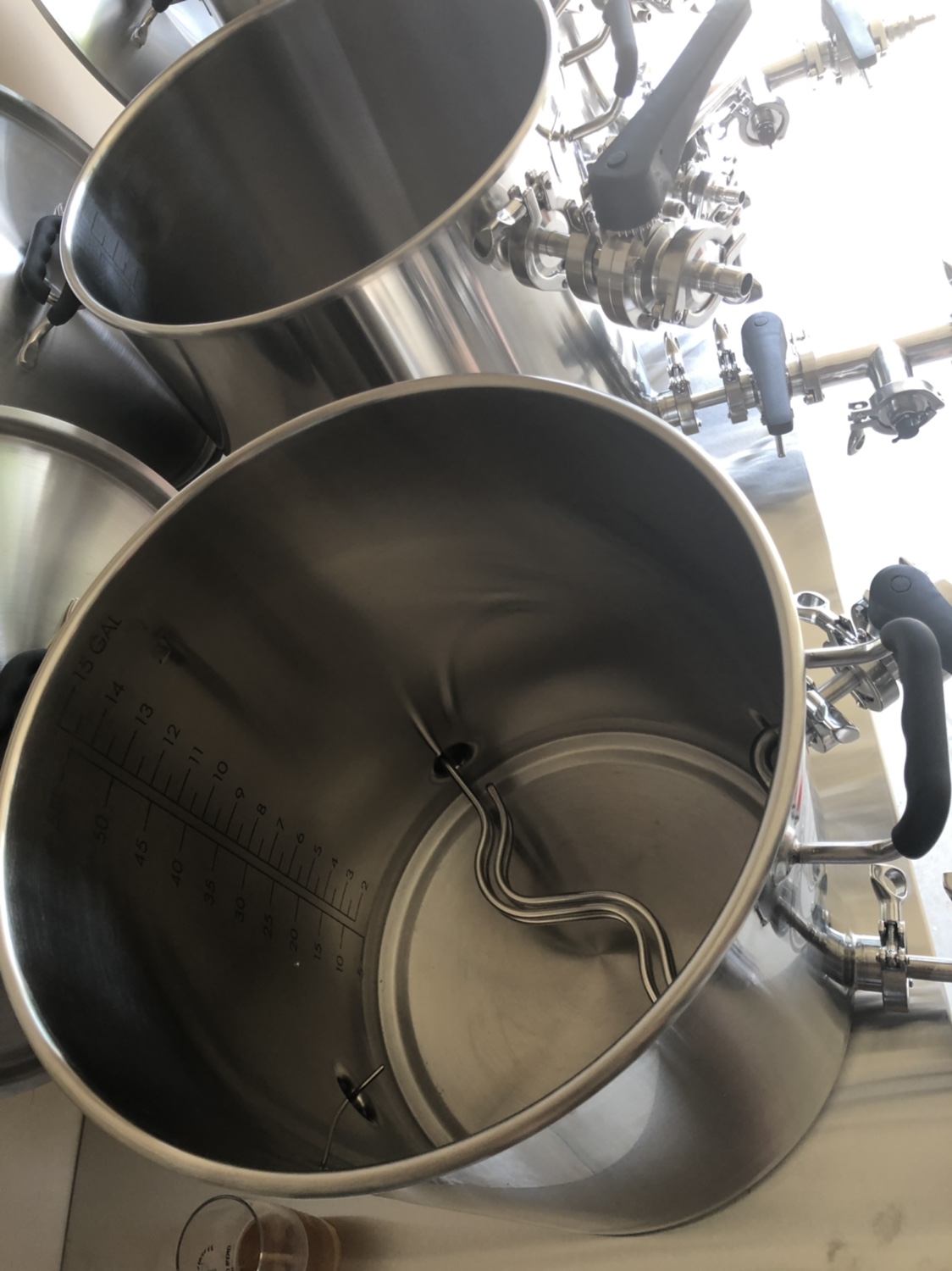augiedoggy
Well-Known Member
This is one reason myself (and I believe postal bunny ) use a long low wattage ulwd cartridge heater... best of both words as it does in fact heat much more gently than you will be heating in the boil kettle with the 5500w element, otherwise you can denature enzymes which is not an issue with my rims since I average 91% efficiency with no attenuation issues one would get with denatured enzymes. Much of what I read about heating the beer seems to indicated a less vigorous boil and more heat surface area (Lower watt density) does help with achieving lighter color and lighter flavor profiles and this is one reason steam jacketed vessels shine for brewery use.There is actually a good bit of literature that shows that slower/more gentle heating has minor flavor benefits for your finished beer.














![Craft A Brew - Safale S-04 Dry Yeast - Fermentis - English Ale Dry Yeast - For English and American Ales and Hard Apple Ciders - Ingredients for Home Brewing - Beer Making Supplies - [1 Pack]](https://m.media-amazon.com/images/I/41fVGNh6JfL._SL500_.jpg)













































